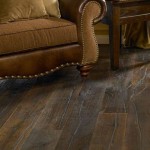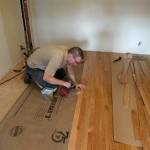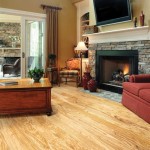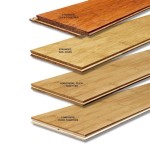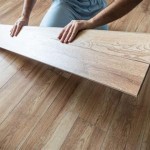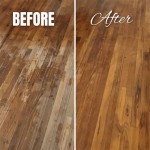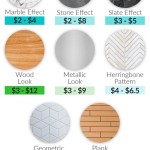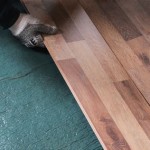Engineered Wood Flooring: What Is It?
Engineered wood flooring represents a blend of durability, aesthetic appeal, and environmental consciousness. Understanding its essential aspects provides valuable insights into its benefits and suitability for various applications.Composition and Construction:
Engineered wood flooring comprises a multilayer construction consisting of three primary components:
- Veneer Core: The top layer is a thin layer of genuine hardwood, offering the beauty and character of natural wood.
- Core Layer: A core of high-density fiberboard (HDF) or plywood provides strength, stability, and moisture resistance.
- Backing Layer: A thin layer on the bottom balances the construction and adds dimensional stability.
Benefits and Features:
Engineered wood flooring offers numerous advantages, including:
- Durability: The multilayer construction enhances durability, resisting scratches, dents, and wear better than solid wood.
- Moisture Resistance: HDF core and moisture-resistant adhesives provide excellent resistance to moisture, allowing installation in areas with occasional spills or humidity.
- Dimensional Stability: The construction minimizes expansion and contraction caused by moisture fluctuations, resulting in less gapping and buckling.
- Noise Reduction: An attached acoustic underlayment layer dampens sound, reducing noise transmission between floors.
Installation and Maintenance:
Engineered wood flooring can be installed using a variety of methods:
- Floating: Planks are clicked together and float on an underlayment, making it easy to install and remove.
- Glue-Down: Planks are glued directly to the subfloor, providing maximum stability and water resistance.
- Nail-Down: Planks are nailed or stapled to a plywood subfloor, resulting in a solid and durable installation.
Maintenance is relatively easy, involving regular sweeping, vacuuming, and occasional damp mopping.
Environmental Considerations:
Engineered wood flooring is recognized for its environmental friendliness:
- Resource Conservation: Using a thin veneer of hardwood reduces the need for extensive solid wood harvesting.
- Reduced Waste: The durable construction means less waste as planks can be reused or repurposed rather than discarded.
Applications:
Engineered wood flooring is suitable for various applications:
- Residential: Ideal for living rooms, bedrooms, kitchens, and hallways.
- Commercial: Applicable in retail spaces, offices, and light-traffic areas.
- Moisture-prone Areas: Suitable for kitchens, bathrooms, and basements due to moisture resistance.
Conclusion:
Engineered wood flooring offers a unique combination of durability, aesthetics, and practicality. Its multilayer construction, benefits, and wide range of applications make it a versatile and sustainable choice for flooring.

What Is Engineered Wood Flooring Made Of And Beyond Blog

Hardwood Vs Engineered Wood Flooring Which Is Best For You Forbes Home

Engineered Flooring Vs Laminate Everything You Need To Know Forbes Home

Solid Hardwood Vs Engineered Flooring Carpet One Floor Home

Engineered Wood Flooring Advantages Polaris Home Design

Best Engineered Hardwood Floor For Scratch Resistance Lifecore Flooring S

4 Key Benefits Of Installing Engineered Wood Flooring Mikasa Real Floors Blog

The Reasons That Make Engineered Wood Flooring Better Than Any Other Bvg

6mm Wear Layer Thick Engineered Wood Flooring

When To Use Engineered Wood Floors
See Also
